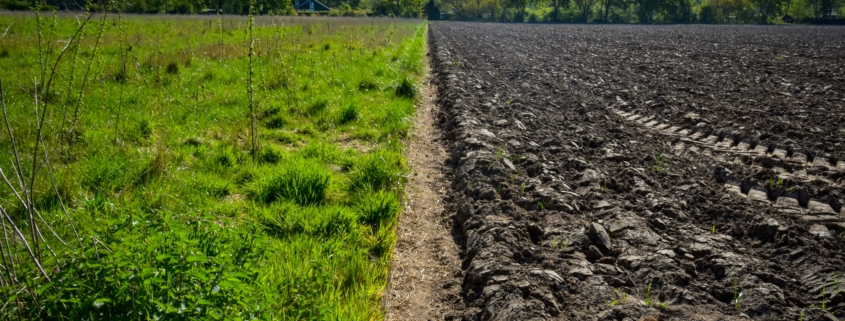Maximizing Photosynthesis and Root Exudates through Regenerative Agriculture to Increase Soil Organic Carbon to Mitigate Climate Change
To shift from a significant emitter to a major mitigator of greenhouse gas (GHG) emissions, agriculture needs to change from the current dominant paradigm of chemically intensive, industrial/conventional systems to regenerative systems by focusing on plant biology and living soil sciences. Maximizing photosynthesis to capture and convert atmospheric CO2 into organic molecules to store as soil organic carbon (SOC) would be an effective carbon dioxide removal (CDR) technology to mitigate climate change.
The world reached 420 parts per million (ppm) of CO2 in the atmosphere in May 2022. The Global Carbon Budget report estimated that atmospheric CO2 reached an annual average of 417.2 ppm in 2022.
Evidence shows that 430 ppm carbon dioxide equivalents (CO2eq) to limit warming to 1.5°C and 450 ppm CO2eq to limit warming to 2°C have been exceeded. Reducing emissions and transitioning to renewable energy is no longer sufficient to stop temperatures from exceeding 2oC, the higher limit of the Paris Agreement. Negative emissions are needed to remove the legacy levels of CO2. The Intergovernmental Panel on Climate Change (IPCC) stated that without additional sequestration, global mean surface temperature will increase in 2100 between 3.7°C and 4.8°C higher than pre-industrial levels. The IPPC states that CDR is essential in limiting global warming to 1.5°C to achieve net negative emissions. It advocated for CDR technologies such as regenerating natural ecosystems, carbon capture and storage (CCS), and soil carbon sequestration (SCS).
Regenerative agriculture is based on a range of food and farming systems that maximize the photosynthesis of plants to capture CO2 and use organic matter biomass and root exudates to store it as SOC. It can be applied to all agricultural sectors, including cropping, grazing, and perennial horticulture. Meta-reviews and other published studies have found that transitioning to regenerative agriculture systems can result in more sequestration than emissions from agriculture, turning agriculture from a significant emitter to a major mitigator of GHG emissions.
Scaling up 10% of various best practice regenerative agriculture systems is realistic, achievable, and low-cost. Just a percentage of innovators and early adopters applying best practice regenerative systems to their land holdings can significantly contribute to achieving the negative emissions needed to limit global warming to 1.5°C higher than pre-industrial levels.

